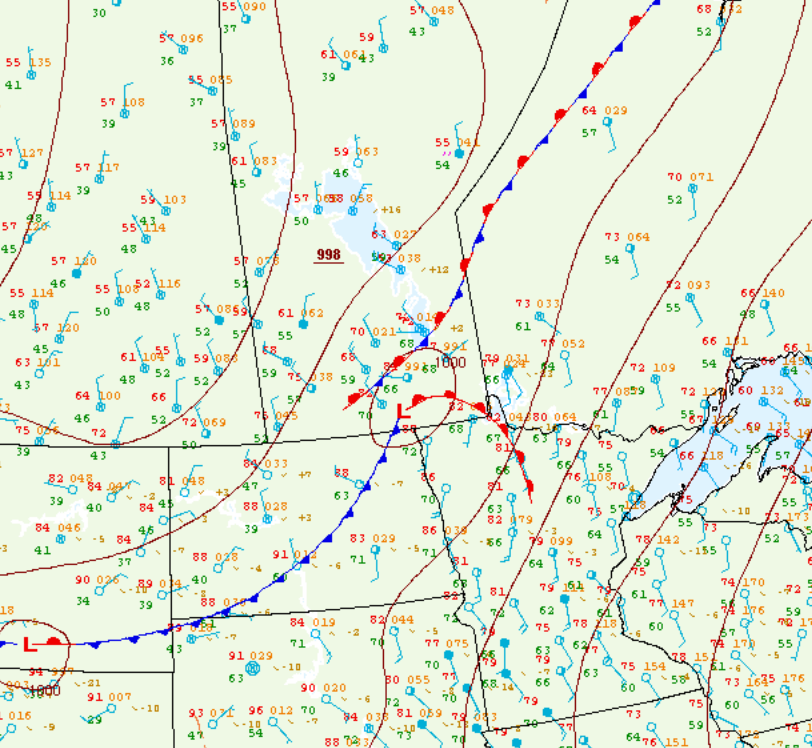Figure 1 depicts the surface observations at 7:00 pm CDT, which shows a stationary front extending northeast across Southeastern Manitoba and Northwestern Ontario, a low pressure system near Morris with a warm from extending southeast across Minnesota and a cold front extending into North Dakota. The complex interaction between the warm front, low pressure and stationary front became the focus for intense thunderstorms in the evening hours of August 26th, which ultimately led to this tornado.

According to Environment and Climate Change Canada (2018), an F1 tornado touched down at 7:00 pm CDT 11 km southeast of Beausejour, MB. The path and width of the tornado was not documented by ECCC. No property damage was documented for this tornado.
Sources
NWS Weather Prediction Center Surface Analysis Archive. (2017). Surface analysis 00Z Mon Aug 27 2007. Retrieved from: https://www.wpc.ncep.noaa.gov/archives/web_pages/sfc/sfc_archive.php
Environment and Climate Change Canada Data. (2018). Canadian National Tornado Database: Verified Events (1980-2009) – Public. Retrieved from: http://donnees.ec.gc.ca/data/weather/products/canadian-national-tornado-database-verified-events-1980-2009-public/

